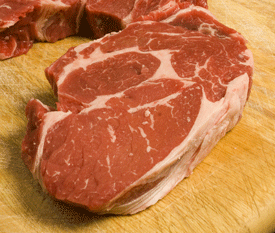
In February, Real Mex closed its 32,000-square-foot manufacturing plant in Santa Fe Springs, Calif., and moved into a 100,000-square-foot space in Vernon, California. The city of Vernon and a developer came to us and proposed a deal where we got a 100,000-square-foot building retrofitted to a state-of-the-art USDA manufacturing plant, Angulo explains. It was an opportunistic deal. They got us into 100,000 square feet at the cost that we would have gotten a build-to-suit 65,000-square-foot building.
Food safety also was a major priority for Real Mex in building out the new plant. The company built an in-house lab and hired a complete quality assurance team. Other food safety precautions include a triple boiler system, floor foamers, centralized sanitation system, in-house chlorination system for vegetables and a full quality assurance staff.
The developer invested $10 million in the build out, while Real Mex spent about $4 million on equipment. The completely refurbished plant quadrupled the company’s previous capacity and allowed it to more than double the number of kettles, tumble chillers and blast freezers. www.realmexfoods.com



